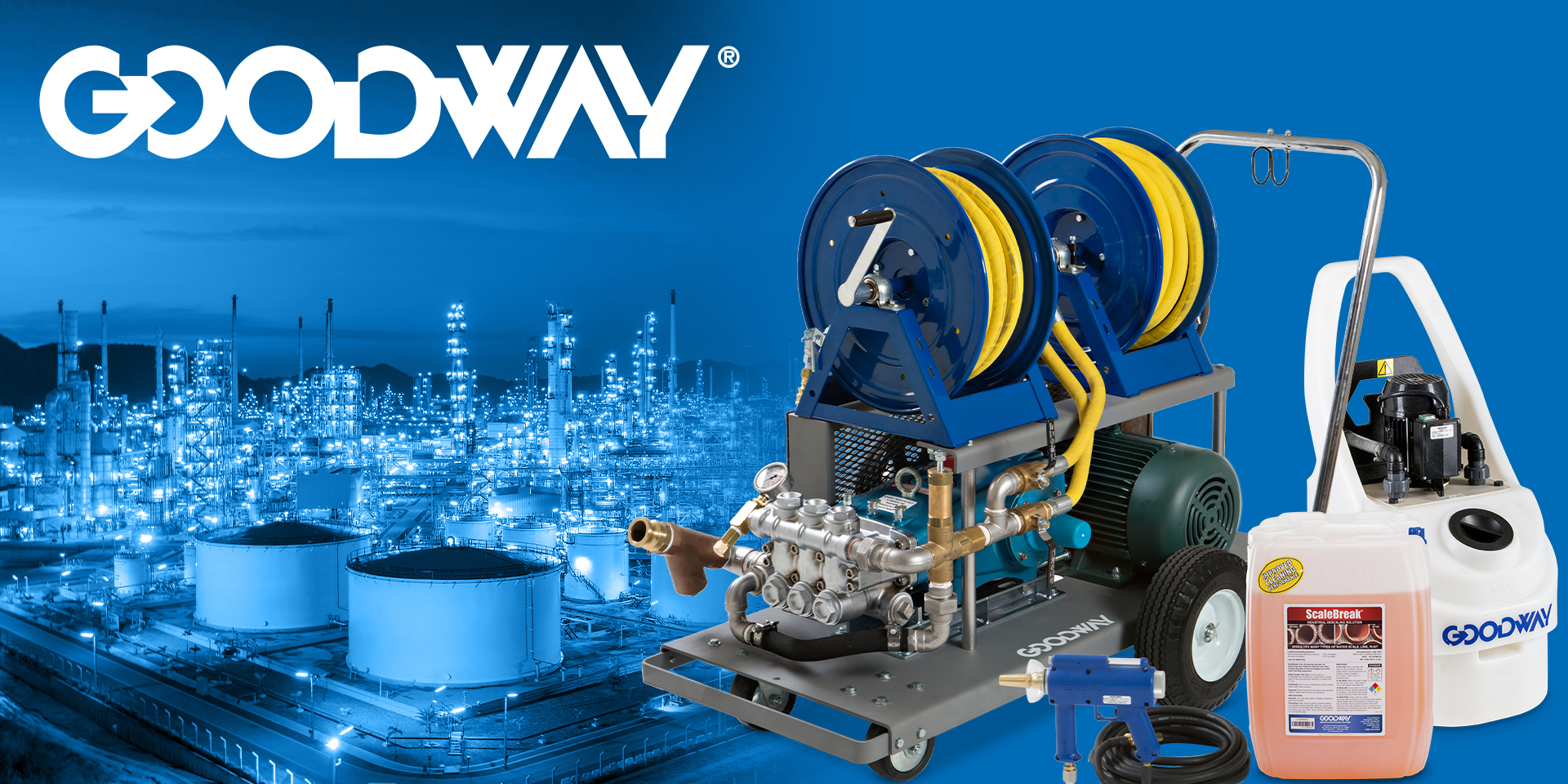Critical Maintenance Helps Safeguard a Clean Energy Future

Net zero emission policies across the globe, and more specifically in the USA, have nuclear power plants in the crosshairs of efficiency and safe power generation. According to the Department of Energy (DOE), Nuclear Power currently provides 52% of the nation’s 100% clean electricity. However, shifting energy markets, among other economic factors, have already resulted in the early closure of 12 commercial reactors across the United States since 2013. These closures have put pressure on existing nuclear infrastructure, and the DOE has thus pledged a $6 Billion Program, named the Civil Nuclear Credit (CNC) Program, to preserve the clean nuclear energy infrastructure of the United States.
While some may argue for building additional nuclear-generating capacity, the CNC program provides immediate investment opportunities for at-risk facilities to further strengthen their infrastructure and maintenance, to operate safely and efficiently. The CNC program will also help save thousands of clean-energy jobs for those who work directly and indirectly for these facilities.
These jobs are paramount to running these facilities, performing critical testing, and maintaining their critical systems. Focusing on the maintenance of these systems, most, if not all, of the facilities in operation, utilize planned maintenance shutdowns. Simply put, power plant units are on tightly pre-planned outage schedules. Typically, every one or two years, a facility will have a scheduled shut down for testing and maintenance of the critical systems.
Significant maintenance operations are required for heat exchanger optimization across the plant. While heat exchange occurs in multiple areas across the plant and energy product process, condensing processes significantly impact facilities’ safe, optimal operation. Specifics on efficiency gains are referenced in the preceding articles Delivering Mass Efficiency (and Bottom-Line) Gains Through Chemical Descaling, previously published on NuclearNewswire.
As is common knowledge, most power plants draw large volumes of water from close-proximity sources like rivers, ocean water, or lakes. Raw water sources, like cooling ponds, are also used, often from soft limestone rock formations. Commonly used in single-pass operations, this water runs through critical systems for cooling jobs and then returns to the source or other storage areas. While operational efficiency, the raw water’s single-pass nature eliminates or severely limits water treatment options. Therefore, this water tends to have a high mineral content, which increases the accumulation of scale when used in the heat exchange process.
The bottom line? Scaling is a significant issue in power plants that considerably impacts efficiency and profitability.
“U.S. nuclear power plants are essential to achieving President Biden’s climate goals, and DOE is committed to keeping 100% clean electricity flowing and preventing premature closures.”
Secretary of Energy Jennifer M. Granholm
With the influx of financial support from the CNC program, nuclear power plants have the resources to properly maintain these critical systems. Innovative chemical or mechanical solutions have been paramount for safe and effective maintenance. Maintenance duties are typically contracted out, which heightens the solutions’ importance.
Plant operators continue pushing for solutions to drive efficiency from contractors and Original Equipment Manufacturers (OEM) solution providers. These solutions focus on reducing downtime, ensuring increased efficiency gains, and offering flexibility and versatility for use across the plant infrastructure.
OEMs, like Goodway Technologies, offer specialized equipment contractors use for the important maintenance of critical systems of nuclear power plants. More specifically, the raw water-cooled systems of the facilities’ heat exchangers. As mentioned above, due to the mineral content of the raw water used, scaling occurs within the system’s tube walls and piping. This scale significantly decreases efficiency, increasing generation costs, but, perhaps even more importantly, if left unmanaged, can cause significant damage to tubes and other internal mechanisms due to under-deposit corrosions – which shortens the operational lifespan and safety of the heat exchange system.
Goodway has been a trusted OEM for providing the equipment and approach, assisting contractors in performing critical descaling during a planned maintenance shutdown, and continuing to be at the forefront of engineering innovative mechanical and chemical descaling solutions. They offer chemical solutions with clean-in-place pumps and chemicals and the knowledge and support to ensure the right chemical formulation is used to complete the job safely and effectively. As well as mechanical solutions engineered specifically for cleaning a wide range of heat exchangers that are purpose-built to be easy to operate, delivering optimal results faster.
With more emphasis on nuclear power plants being a focal piece to continued clean energy shifts, the critical maintenance of their systems is as important as ever. Whether using contractors or in-house maintenance crews, choosing the right approach and equipment to safely ensure system longevity and efficiency is key. Partnering with industry-leading solution providers like Goodway, and their internal experts, brings operational experience and critical support to ensure the right equipment and approach is taken. This oversight and support help deliver seamless critical maintenance and expected results.

